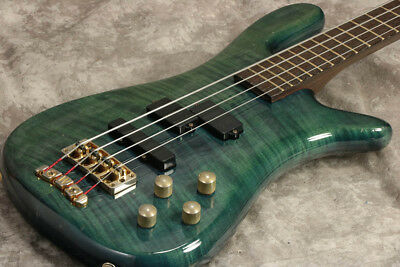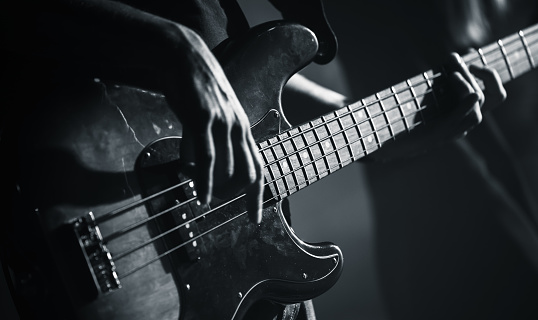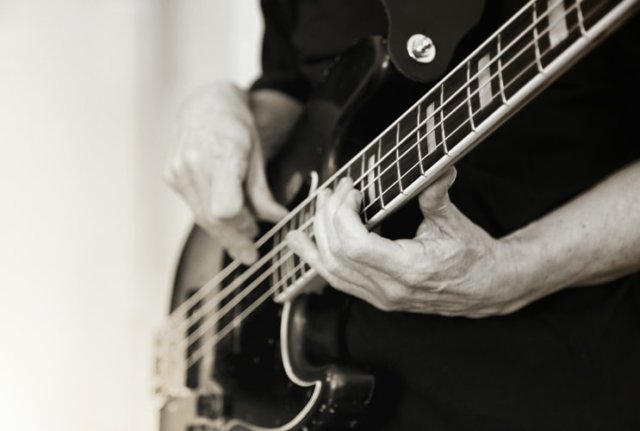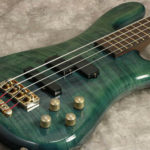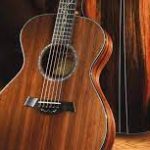Bass Technique - Fretting
This site contains affiliate links, which we receive a commission from any sale or purchase, and are of no cost to you. As a participant in the Amazon Services LLC Associates Program, affiliate links will redirect you to Amazon.com and its affiliate sites. Please read our DISCLAIMER for more information
As with plucking hand technique, you want to strive for a relaxed hand, a clear and consistent tone, and the use of efficient motions. This takes some time to develop. Try to focus your awareness on these different points as you play. Eventually they will become unconscious. Go slowly, be patient, and practice…

